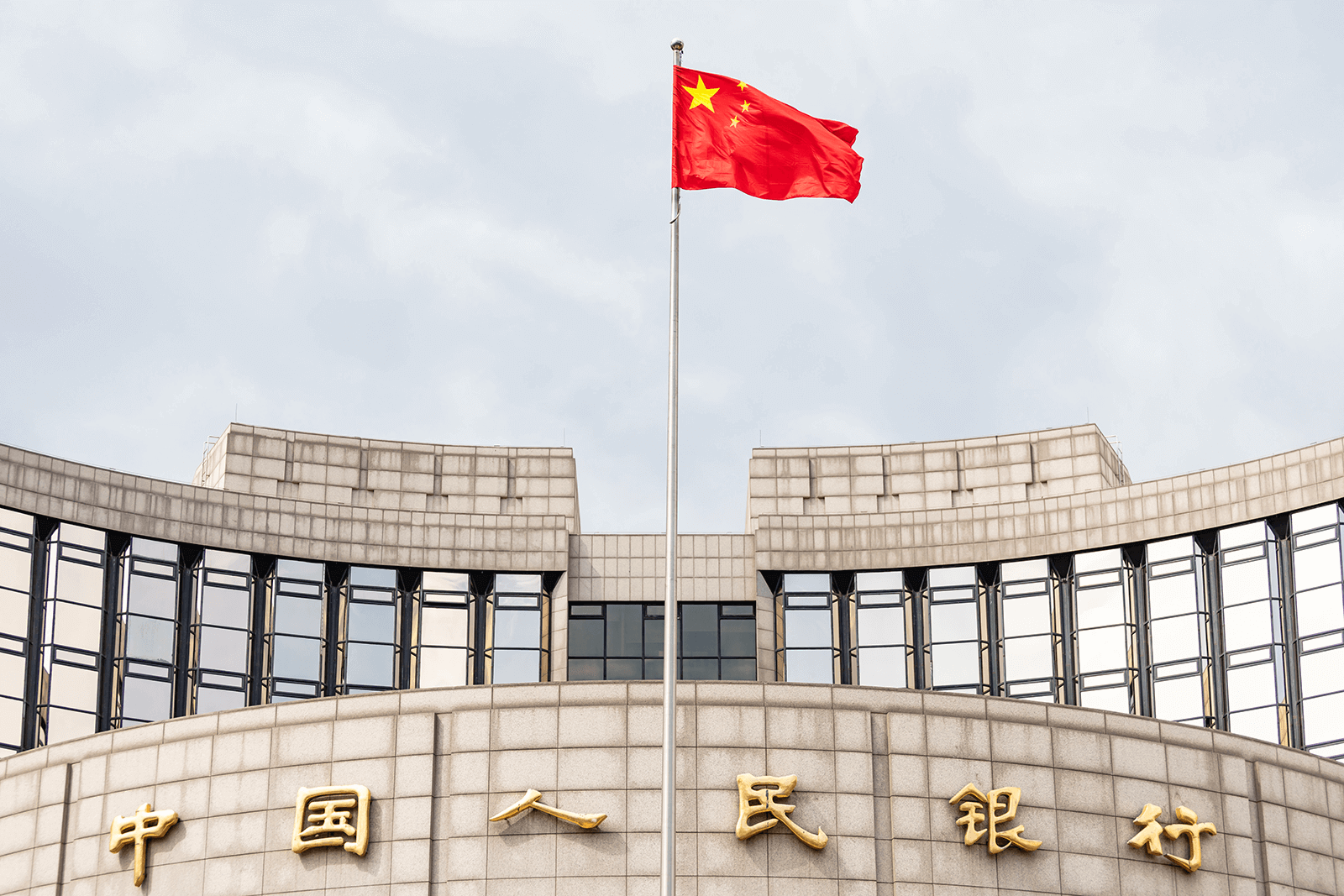For now, Western central banks are sticking to their 2% inflation target. Getting there without causing a recession could, however, prove difficult. The combination of second-round effects (whereby higher wages are passed on to consumer prices), a tight labour market and commodity prices that are again on the rise, will make it particularly difficult for central banks to curb the inflation ghost while allowing interest rates to fall. A shift of the official inflation target to 3% might not be a bad idea – as well as being especially welcome when it comes to the sustainability of growing public debt.
Six months ago, in our Investment Letter, we wrote that while oil had been a favourable factor for falling inflation throughout much of 2023, the price of Brent was back up to USD 90, the level at which it traded in the final months of 2022. As such, the positive base effects were about to disappear and, absent a drop in its price, oil stood to have a rather neutral impact on the inflation gauge during the final three months of 2023 and then even contribute to push it up moving into 2024. Recent data has certainly corroborated this prediction, with the annual US CPI rate increasing from 3.1% in November 2023 to 3.5% in March 2024.
But unless the geopolitical situation were to worsen dramatically and energy prices skyrocket, the biggest obstacle to winning the inflation battle lies elsewhere. Like us, central banks are no doubt currently keeping a close watch on wage negotiations and the growing muscle of trade unions. In this regard, the agreement reached in late April between the United Auto Workers (UAW) and Daimler Truck is particularly informative. A 25% minimum general wage increase over a 4-year period was negotiated by the UAW, of which 16% in the first year (10% immediately, 3% in 6 months and 3% in 12 months). Further, cost-of-living protection will be provided to workers for the first time in Daimler history, with the UAW also claiming to have won “increased job security” (via the guarantee of minimum vehicle building at each plant).
The manifestation of such second-round mechanisms, whereby price increases feed through into wages, is what is making the last mile of the disinflation journey so difficult. Particularly since worker demands for pay rises are coming after two decades during which employee compensation has, on average, grown more slowly that the return on capital. As such, with the labour market tight and at risk of becoming even tighter due to demographic effects, restrictions on migration and the implementation of trade barriers (as part of the so-called “reshoring” policy in the West), it looks like we are not yet at the end of an extended period of wage increases.
And it is not just with their employees that entrepreneurs will have to share the pie more generously in the future. Governments, too, have a growing appetite for income given their worsening budgetary situation and mounting debt. Corporate taxes are thus generally trending upward, and the forthcoming elections could add further pressure. Note in this regard that there is already talk of raising the 15% OECD minimum tax rate on multinational enterprises that became effective only this year, towards 25%…
Turning to financial markets, it is fascinating to see them contend today with only one or two potential rates cuts this year in the US, whereas they had been expecting seven just a few months ago. And this shift took place without a matching stock market correction.
Equities’ solid year-to-date performance in the face of rising government bond yields (the US Treasury 10-year yield has moved from 3.9% at the onset of the year to 4.5% today) appears rooted in sharply higher corporate earnings estimates and the absence of an economic recession. As a result, the risk premium for an equity investment has now dropped to all-time lows. For the stock market to avoid a correction, either earnings projections will have to be validated (indeed even beaten), or interest rates need to back down.
On the earnings front, the next few quarterly reporting seasons will thus be crucial. Our concern being that the bar has been set relatively high. Analysts are currently expecting aggregate earnings growth of ca. 10% for the MSCI World index in 2024. And if one goes by the reaction of individual stocks to below-consensus earnings reports, the market’s tolerance to “disappointing” numbers is very low.
As for the interest rate trajectory, while there is currently no prime facie economic justification for the Federal Reserve to loosen its monetary grip, the political pressure to cut rates is mounting. The paradoxically named “Inflation Reduction Act” has fuelled government spending (and the economy), with the accumulation of fiscal deficits translating into ever-growing public debt – whose servicing burden will prove challenging at current “high” interest rate levels.
The European Central Bank is under similar pressure (due mainly to France and Italy) and has indicated that it will start cutting rates as soon as June. Should it hold to its words, the euro is liable to temporarily weaken against the dollar, which is inflationary given the large European energy imports that are paid for in USD. For exports, a lower euro would be a positive, but the question is how much benefit this would bring to Europe in today’s more protectionist context – with trade barriers having been reinstated across the globe.
To conclude, now does not seem the time to invest an even greater share of portfolios into equities, their risk relative to bonds not (or hardly) being remunerated. Bonds do remain attractive with, amongst other, longer dated US Treasuries yielding close to their 15-year highs.









